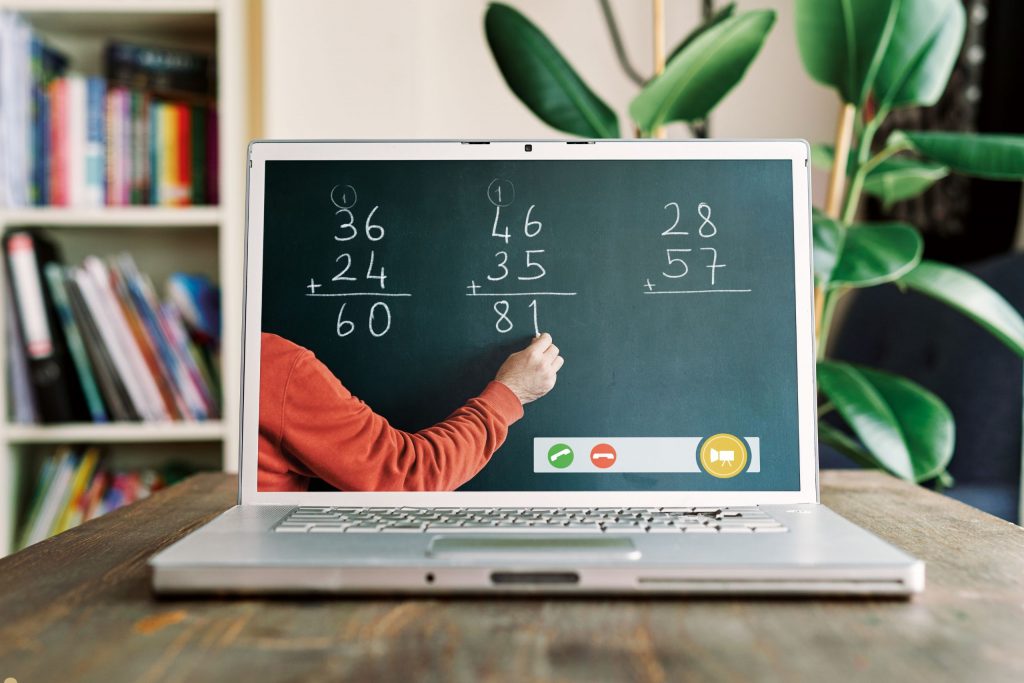
Algebra is a branch of mathematics where letters and symbols are used to represent numbers and quantities in formulae and equations. It’s like learning a new language—one that helps you solve problems, understand patterns, and think logically.
In KS3 (Key Stage 3), students in the UK are introduced to core algebraic concepts that build the foundation for GCSE Maths and beyond. Mastering algebra early is essential, not only for future academic success but also for real-life problem solving.
Algebra may seem confusing at first, but once you get the hang of it, it becomes a powerful tool. In this guide, we’ll break down the key KS3 algebra topics, show you how to approach them, and help you avoid common pitfalls.
Understanding Algebraic Notation
Letters Representing Numbers
In algebra, letters like x, y, or a are used to stand in for numbers we either don’t know yet or that can vary. For example:
- x + 5 = 9 → Here, x is the unknown.
- y = 3a → a is a variable that can change, and y depends on it.
This might sound intimidating, but remember, the letters are simply placeholders—just like a blank space in a puzzle. KS3 Science Revision Guide
Using Symbols and Expressions
You’ll often encounter these algebraic symbols:
| Symbol | Meaning |
| + | Addition |
| – | Subtraction |
| × or no sign | Multiplication (e.g., 2x means 2 × x) |
| / or ÷ | Division |
| = | Equals (is the same as) |
Example:
If x = 4, then in the expression 3x + 2, we substitute and get: 3 × 4 + 2 = 14
Basic Algebraic Operations
Adding and Subtracting Like Terms
When terms have the same variable (like 2x and 5x), we can combine them easily:
- 2x + 5x = 7x
- 8a – 3a = 5a
But you can’t combine different terms like 2x and 3y—they’re not like terms. Creative Writing Tips for GCSE English
Multiplying and Dividing Terms
Multiplying terms is all about following the rules:
- 3 × x = 3x
- x × x = x² (because you’re multiplying the same variable)
For division:
- 6x ÷ 3 = 2x
- x² ÷ x = x
Simplifying Expressions
Combining Like Terms
Let’s take an example: 3x + 4 + 5x – 2
Step 1: Group like terms – (3x + 5x) + (4 – 2)
Step 2: Simplify – 8x + 2
This is the simplest form. It’s all about tidying up the expression so it’s easier to work with later. Online KS3 Courses
Substitution in Algebra
Evaluating Expressions
Substitution means replacing a letter with a number:
If a = 2, b = 3, evaluate 4a + b → 4 × 2 + 3 = 11
It’s a straightforward process once you identify what each letter stands for.
Solving One-Step Equations
Using Inverse Operations
Solving equations is like unwrapping a present—you reverse what was done.
Example: x + 7 = 12
To find x, subtract 7 from both sides: x = 12 – 7 = 5
Always aim to isolate the variable (get it on its own) by doing the opposite (inverse) operation. At LT School, we offer the most affordable tutoring.
Solving Two-Step Equations
Balancing Both Sides of the Equation
Let’s try: 3x + 4 = 13
Step 1: Subtract 4 – 3x = 9
Step 2: Divide by 3 – x = 3
Keep the equation balanced by performing the same operation on both sides.

Introducing Inequalities
Understanding Inequality Symbols
These are used when things are not equal:
| Symbol | Meaning |
| < | Less than |
| > | Greater than |
| ≤ | Less than or equal to |
| ≥ | Greater than or equal to |
Using Formulae in Real-Life Contexts
Formulae help us calculate real-world problems. For example:
- Area of a rectangle = length × width
- Speed = distance ÷ time
If you know two values, you can work out the third using algebra.
Graphs and Coordinates in Algebra
Plotting Straight Line Graphs
The equation y = 2x + 1 gives us a straight line. Choose a few values for x, calculate y, then plot them.
| x | y = 2x + 1 |
| 0 | 1 |
| 1 | 3 |
| 2 | 5 |
Now plot those points on a graph and draw the line.
Understanding Gradients and Intercepts
- Gradient (slope) = how steep the line is (in y = mx + c, m is the gradient).
- Intercept = where the line crosses the y-axis (here, it’s +1).
Common Mistakes in KS3 Algebra and How to Avoid Them
- Mixing unlike terms (e.g. adding 3x and 2y)
- Forgetting to apply operations to all terms
- Incorrect substitution
- Not maintaining equation balance when solving
Tip: Always check your answer by substituting it back into the original equation.
Conclusion
Algebra is a skill that improves with practice. From simplifying expressions to solving equations and plotting graphs, each topic builds upon the last. By understanding the basics, practising regularly, and staying curious, KS3 students can develop strong algebra skills that will benefit them throughout their education and beyond. Enrol for Online Tutoring UK
FAQs
1. What is the easiest way to learn algebra in KS3?
Start by mastering basic concepts like simplifying expressions and solving one-step equations. Use visual aids, practice worksheets, and online resources such as BBC Bitesize.
2. Why is algebra important?
It improves logical thinking and problem-solving skills and is essential for GCSE Maths, science, and even future careers.
3. How often should I practise algebra?
Try to do a little every day—10 to 15 minutes of focused practice is better than cramming once a week.
4. What are some real-life uses of algebra?
Budgeting, calculating distances, comparing mobile phone plans, working out shopping discounts—algebra is everywhere!
5. Can I use a calculator in KS3 algebra?
Sometimes, yes—but it’s better to practise mental and written methods first to strengthen understanding.
6. How can I check if my solution is correct?
Substitute your answer back into the original equation. If both sides are equal, it’s correct.
